Below is a video overview of automated payment kiosk, watch it carefully to learn more!
To learn more about the details of our automated payment kiosk, including their stable and efficient performance, quick responsiveness, elegant design, and smooth user experience, watch the video above. These kiosks are a worthy investment. Order today to enjoy special discounts!
| Component | Specifications |
|---|---|
| Touchscreen Display | 15" to 32" LCD/LED, multi-touch capability, high resolution (1080p or higher) |
| Payment Processor | EMV-compliant card reader, NFC contactless payment, chip and PIN, magstripe reader |
| Cash Acceptor/Dispenser | Accepts various denominations, secure cash storage, optional cash recycling system |
| Receipt Printer | Thermal printer, 80mm paper width, high-speed printing, auto-cutter |
| Barcode Scanner | 1D/2D barcode scanning, QR code reader, integrated under screen or external mount |
| Enclosure | Steel or aluminum construction, anti-vandalism design, customizable branding |
| Networking Module | Ethernet, Wi-Fi, optional 4G LTE, secure data transmission |
| Operating System | Windows, Android, or Linux, customizable UI, kiosk management software |
| Camera (optional) | HD camera for user identification or security, integrated or external |
| Power Supply | 110-240V AC input, energy-efficient, UPS backup option |
An automated kiosk is a self-service machine that allows users to perform tasks independently, such as making payments, placing orders, or accessing information, without the need for staff assistance. These kiosks are equipped with interactive touchscreens, secure payment systems, and other components to facilitate transactions or provide services efficiently. Commonly found in locations like retail stores, airports, and healthcare facilities, automated kiosks streamline operations, reduce wait times, and enhance the overall customer experience. They offer convenience and efficiency, making them a valuable tool for various industries.
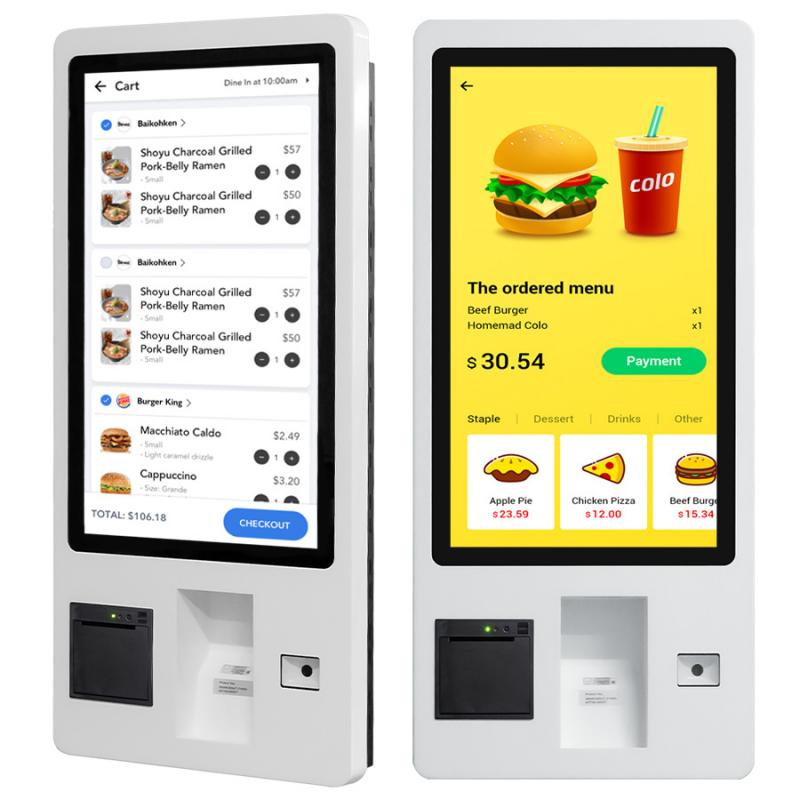
A payment kiosk is a type of self-service kiosk that is able to receive a bill payment in exchange for a service or good rendered. An example of this is buying a ticket at a bus stop, where money is inserted, and a bus ticket is printed for you without having you interact with a bus station employee.
A kiosk payment system is an integrated solution within a self-service kiosk that enables users to make secure financial transactions independently. It typically includes hardware components like card readers, cash acceptors, NFC (Near Field Communication) terminals for contactless payments, and sometimes mobile payment options such as QR code scanners. The system processes various payment methods, including credit/debit cards, cash, and digital wallets.
Software within the kiosk payment system ensures the transaction is processed securely, often integrating with backend systems like point-of-sale (POS) software, inventory management, and financial reporting. These systems are commonly used in retail stores, restaurants, parking facilities, transportation hubs, and other public spaces where quick, efficient payment processing is needed. By automating payments, kiosk payment systems reduce the need for staff, speed up service, and enhance customer convenience, making them a valuable addition to many businesses.

Automated payment kiosk is versatile devices used in various industries to streamline payment processes and enhance customer experience. Common applications include retail stores, where customers can independently pay for goods, reducing checkout lines and speeding up service. In parking facilities, these kiosks allow users to pay for parking without needing staff assistance, improving efficiency and reducing labor costs. Transportation hubs, such as airports and train stations, use automated payment kiosks for ticket purchases, enabling quick transactions and reducing congestion.
The benefits of automated payment kiosks are significant. They offer 24/7 availability, providing customers with the flexibility to make payments at any time. These kiosks also reduce operational costs by minimizing the need for cashier staff and lowering the risk of human error in transactions. Additionally, they can handle multiple payment methods, from cash to credit cards and mobile payments, catering to a wide range of customer preferences. Automated payment kiosks also improve transaction speed, leading to higher customer satisfaction and increased throughput. For businesses, these kiosks provide valuable data on customer behavior, enabling better decision-making and personalized marketing strategies. Overall, automated payment kiosks enhance efficiency, reduce costs, and provide a convenient and user-friendly payment solution.
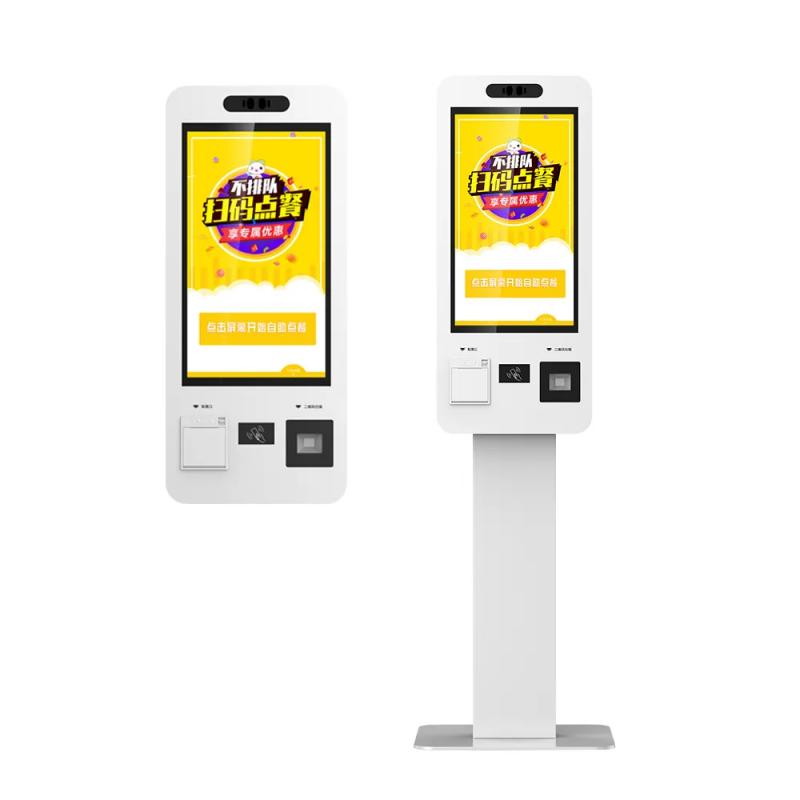
User Interaction: The user begins by selecting the service or product on the kiosk’s touchscreen interface.
Payment Method Selection: The kiosk offers various payment options, including credit/debit cards, cash, or mobile payments like NFC or QR codes.
Payment Processing: The kiosk processes the payment securely through integrated hardware like card readers or cash acceptors, communicating with the payment gateway.
Verification: The system verifies the payment by checking with the financial institution or payment processor in real time.
Receipt Printing: Once the payment is successful, the kiosk prints a receipt or sends a digital confirmation to the user.
Product/Service Delivery: Depending on the application, the kiosk either dispenses the product (e.g., a ticket or product) or updates the system to provide the service (e.g., parking validation).
Data Recording: The transaction details are recorded in the kiosk’s backend system, providing valuable data for business analytics and reporting.
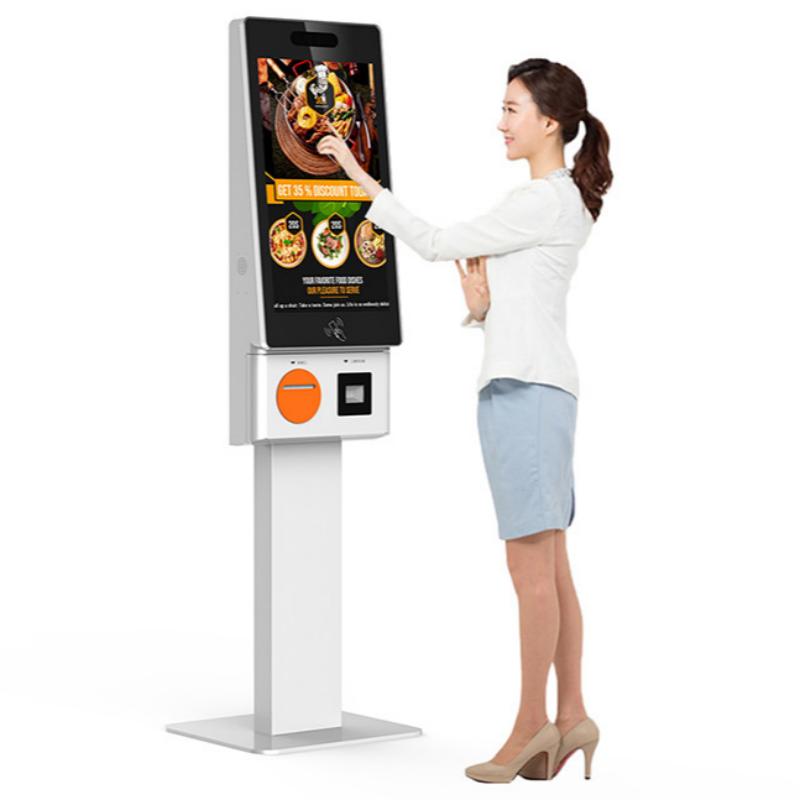
The cost of an automated payment kiosk varies based on features, customization, and technology used. Basic models start at around $3,000 to $5,000, while more advanced units with additional features like touchscreens, integrated payment systems, and custom branding can range from $7,000 to $15,000 or more. Despite the initial investment, the return on investment (ROI) is typically strong.
Automated payment kiosks reduce labor costs by minimizing the need for staff to handle transactions, allowing businesses to reallocate human resources to more strategic tasks. These kiosks also increase efficiency by speeding up transaction times, leading to higher customer throughput and satisfaction. Enhanced accuracy and the ability to operate 24/7 further contribute to revenue growth. Additionally, kiosks often facilitate upselling by promoting additional products or services during transactions, boosting the average transaction value. Over time, these factors contribute to a positive ROI, usually realized within a year, making automated payment kiosks a cost-effective investment for many businesses.
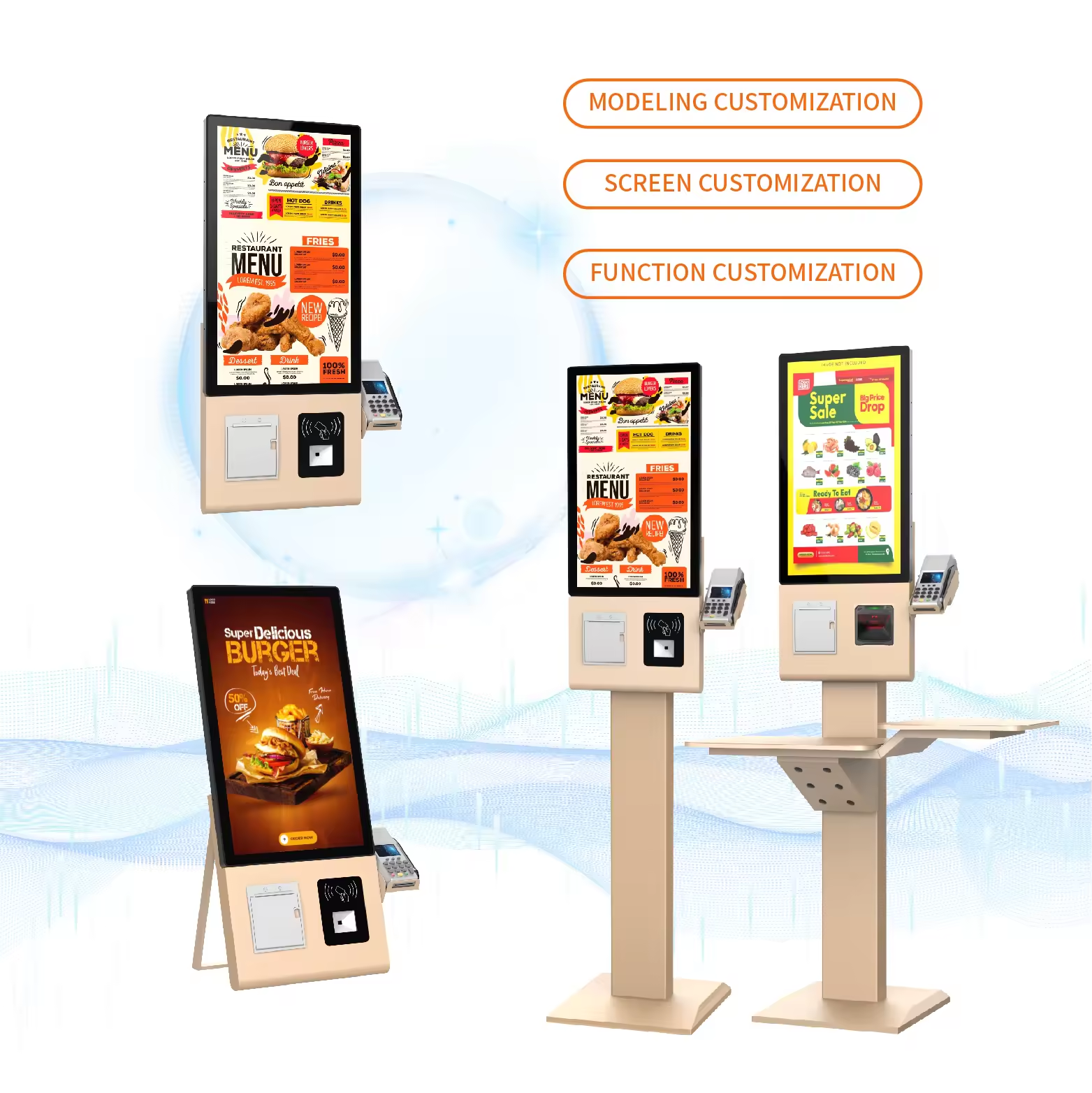
| Type | Size | Design Features | Price Range |
|---|---|---|---|
| Countertop Kiosk | 15" - 22" screen | Compact, user-friendly, ideal for small spaces | $3,000 - $7,000 |
| Freestanding Kiosk | 32" - 55" screen | Tall, standalone, customizable branding, large touchscreen | $7,000 - $15,000 |
| Wall-Mounted Kiosk | 22" - 32" screen | Slim profile, space-saving, secure wall installation | $4,000 - $10,000 |
| Outdoor Kiosk | 32" - 55" screen, weatherproof | Durable, weather-resistant, anti-vandalism design | $10,000 - $20,000 |
| Self-Checkout Kiosk | 22" - 32" screen | Integrated with barcode scanner, payment processor, compact | $5,000 - $12,000 |
| Parking Payment Kiosk | 22" - 32" screen, robust | Weatherproof, designed for outdoor use, cash/card acceptors | $7,000 - $18,000 |
| Healthcare Payment Kiosk | 22" - 32" screen | ADA-compliant, patient check-in, insurance/payment processing | $6,000 - $12,000 |
| Ticketing Kiosk | 22" - 55" screen | High-resolution display, ticket printer, multiple payment options | $6,000 - $15,000 |
| Bill Payment Kiosk | 22" - 32" screen | Secure cash and card handling, receipt printing, user-friendly | $5,000 - $12,000 |
Define Your Needs: Start by determining the specific applications for the kiosk. Identify whether it will be used for retail payments, parking, ticketing, or another purpose. This will guide your choice in terms of features and functionalities.
Choose the Right Type: Based on your application, select the appropriate type of kiosk, such as countertop, freestanding, wall-mounted, or outdoor. Consider the environment where the kiosk will be installed, as this affects the design and durability requirements.
Set a Budget: Establish a budget that aligns with your needs. Automated payment kiosks range in price depending on their features, size, and customization options. Factor in not only the initial cost but also ongoing maintenance and software updates.
Evaluate Customization Options: Depending on your brand requirements, consider customization options like branding, color schemes, and specific hardware integrations. Customized kiosks can enhance brand visibility and customer experience.
Check Software Compatibility: Ensure the kiosk software is compatible with your existing systems, such as point-of-sale, inventory management, or CRM. This integration is crucial for seamless operations and data synchronization.
Review Security Features: Prioritize kiosks with robust security features, including secure payment processing, data encryption, and anti-vandalism design. This is essential to protect customer information and ensure transaction safety.
Assess the Supplier: Research potential suppliers, focusing on their reputation, experience, and customer support. Read reviews, ask for case studies, and verify the supplier’s ability to provide after-sales support and maintenance.
Environment and Location: Consider whether the kiosk will be placed indoors or outdoors. Outdoor kiosks require weatherproof and durable designs, while indoor models may focus more on aesthetics and space efficiency.
User Experience: The kiosk should be easy to use, with intuitive interfaces and responsive touchscreens. Consider accessibility features, such as ADA compliance, to ensure it serves all users.
Payment Methods: Ensure the kiosk supports a variety of payment methods, including credit/debit cards, mobile payments, and cash. The more options available, the more convenient it will be for customers.
Maintenance and Support: Consider the ease of maintenance, availability of spare parts, and the quality of customer support provided by the supplier. A kiosk with low maintenance requirements and strong support services will reduce downtime and operational costs.
Scalability: Think about the future needs of your business. Select a kiosk that can be easily upgraded or expanded to handle increased transaction volumes or additional functionalities as your business grows.
Compliance and Regulations: Ensure the kiosk meets industry standards and local regulations, especially concerning payment processing, data security, and accessibility.
Total Cost of Ownership (TCO): Consider the long-term costs, including installation, software licensing, maintenance, and potential upgrades. Understanding the TCO helps in making a more informed decision.






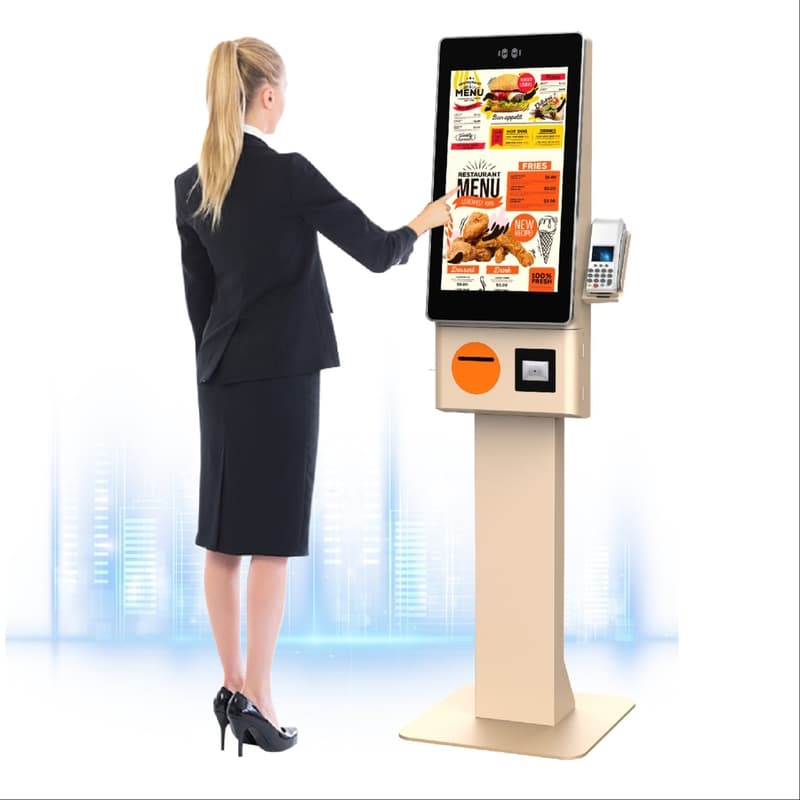
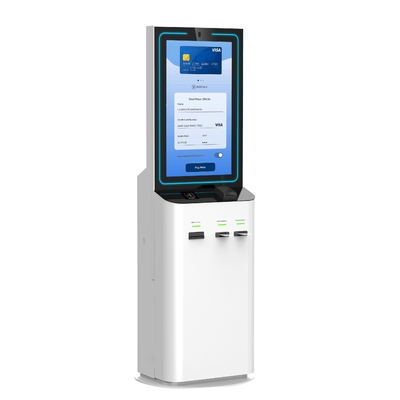
What did our happy clients say?
We’re thrilled with our new automated payment kiosk from Lean Kiosk Systems. The performance and reliability have been outstanding. Their customer service was excellent throughout the process. Highly recommend them for top-quality kiosks
The automated payment kiosk from Lean Kiosk Systems exceeded our expectations. They’re efficient, user-friendly, and have greatly improved our operations. We’re impressed with the support and customization provided. A fantastic choice for any business!
Our automated payment kiosk from Lean Kiosk Systems are a game-changer. They offer seamless transactions and have boosted our efficiency. The team’s dedication and service were remarkable. We wholeheartedly recommend Lean Kiosk Systems!
We’re extremely satisfied with the automated payment kiosk we purchased from Lean Kiosk Systems. The kiosks work flawlessly, and their after-sales support has been exceptional. Great investment for our business, and we highly recommend this manufacturer!